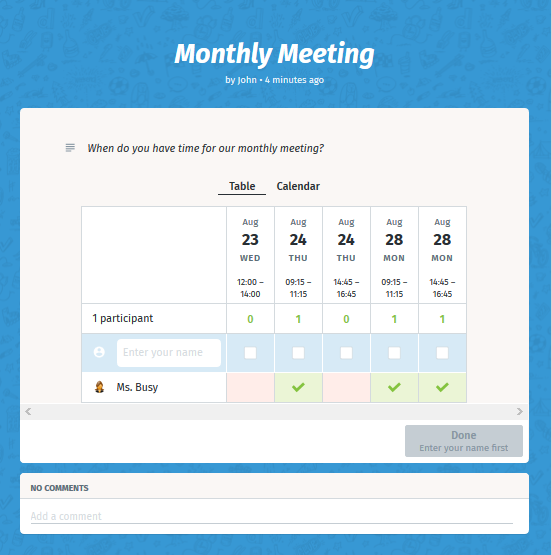The follow-up
Keep the momentum going. Contact anyone interested in learning to ring as soon as you can after they have expressed an interest and arrange something concrete - either a no-obligation taster session or their first lesson. People will lose interest if you contact them months later or feel you're not really interested in them.
At a recruitment event
It is important to collect names, e-mail addresses, Facebook names and phone (mobile) numbers of recruits and keep in regular touch with them.
It is often a good idea to give someone who is "good with people" the responsibility for getting this information. If you have lots of people at your event a few discrete long-range group photos can help you put names to faces afterwards. Make sure you can read people's writing before they disappear.
Have a plan prepared
Whether you receive an "out-of-the-blue" request to learn to ring or have a list of people from a specific recruitment event, you can better respond if you have a plan. A good plan will include:
- Any minimum age restrictions (usually dependent on weight of bells)
- Making sure that HSE and safeguarding systems are in place
- Meet the band and taster session (if not done as part of a recruitment event)
- See the bells at home tower or another if that not practical
- Teaching by trained ringing teachers
- Tie bells, use sound control or a simulator initially
- Intensive handling sessions
- Introduction to practices and Sunday ringing
- Continuing bell handling lessons

A number of bands are using online apps (e.g. Doodle) to coordinate teaching and practices. They are very simple to use with people filling in their availability (ticks) against suggested dates and times.
What's next?
» Return to the recruitment and retention home page
» Return to read more about recruitment success or go to the next part of the ten point plan - intensive training